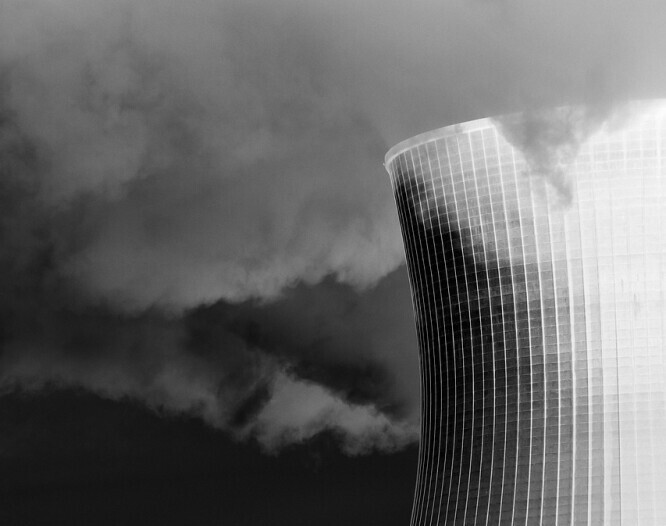
I recognize nuclear energy as a dominant force in shaping the 20th century’s power production landscape. The contribution of nuclear power to the global electricity mix has been substantial, providing a sizeable amount of the world’s baseload power generation. This is a story of growth, innovation, and also a lingering question over the environmental stewardship of these power sources.
Nuclear plants sprung up rapidly after the promise of a seemingly limitless and clean energy source became an attractive proposition in the aftermath of World War II. The energy produced from the atom was not only powerful but was also heralded as a cleaner alternative to fossil fuels. For decades, these facilities have played a critical role in meeting energy demands without the carbon emissions associated with coal or natural gas.
Yet, even with their impressive output, nuclear plants are not without their environmental impacts. During operation, the risks of radioactive contamination and thermal pollution present concerns that require rigorous management and oversight. Moreover, as these facilities age, the concerns grow more acute. Structural integrity, outdated technology, and efficiency drops become pressing issues that cannot be ignored.
These concerns set the stage for deeper examination. As I look at the environmental footprint of aging nuclear plants, it’s important to consider not only the immediate impacts but also the legacy they will leave behind. Factors such as long-lived radioactive waste and the cost and complexity of decommissioning come into sharp focus. The shift from understanding to analysis entails looking at what happens when these aging giants retire from their service to society.
Analyzing the Environmental Concerns of Aging Nuclear Facilities
When we talk about nuclear energy, it’s crucial to address the aging nuclear reactors scattered across the globe. These facilities were not designed to last indefinitely, and as they grow older, they present fresh challenges and exacerbated environmental risks. Understanding the consequences of prolonged operation is a prerequisite for informed policy and public dialogue.
The primary concern centers on the potentials for equipment failure, operational mistakes, and natural disasters contributing to hazardous incidents. Despite stringent safety measures, the wear and tear on older plants cannot be ignored. Corrosion, material fatigue, and outdated technology can lead to situations where radioactive material is not properly contained.
One of the most pressing issues at these sites is the management of radioactive waste. Due to the longevity of its hazardous effects, this waste requires secure containment for periods that far exceed the typical operating life of a nuclear plant. The questions of how and where to store this waste remain largely unresolved, posing ongoing environmental and health risks.
The decommissioning of nuclear plants is a complex and resource-intensive process with significant environmental considerations. The removal and disposal of radioactive materials must be managed meticulously to prevent contamination. Additionally, the restoration of the site to a condition safe for other uses involves extensive cleanup and monitoring.
Turning to the spotlight, several case studies can help illustrate the environmental impact of aging nuclear plants. For example, the decommissioning of Germany’s nuclear plants offers insights into the efforts and challenges faced in mitigating environmental harm. Each case provides vital lessons on the best practices and pitfalls of dealing with aging nuclear infrastructure.
Modern Perspectives and Policies: Addressing the Environmental Legacy
When I reflect on the topic of aging nuclear plants, it’s clear that the approach to their environmental impact must evolve. Energy policies worldwide are beginning to reflect this need for change. Countries are crafting strategies that underscore the importance of not just maintaining existing facilities but also safely transitioning away from them.
Innovations in the nuclear field offer rays of hope. Safer reactor designs and more effective waste disposal methods are emerging, demonstrating the potential for a renewed nuclear industry that minimizes environmental risks. At the same time, investment in renewable energy sources is sky-rocketing, providing viable alternatives to nuclear power that were not available when many of these aging plants were built.
But technology and policy are only part of the equation. Public engagement is essential. I believe in empowering communities with knowledge about the energy options that will shape their future. Encouraging discussions that weigh the pros and cons of nuclear energy against the backdrop of climate change and sustainability goals is crucial.
As consumers and citizens, our collective voice can influence energy policies. By staying informed, participating in dialogue, and supporting sustainable practices, we enact the ultimate policy: the policy of proactive engagement. Our involvement ensures that the environmental legacy of nuclear power is not marked by negligence, but by a thoughtful transition towards sustainability.

Leave a Reply